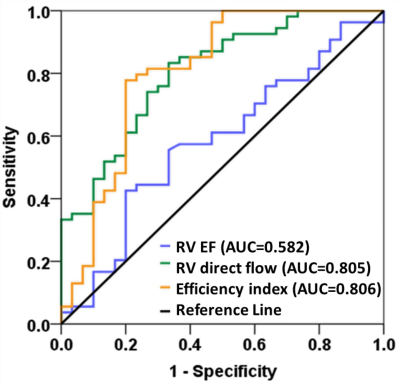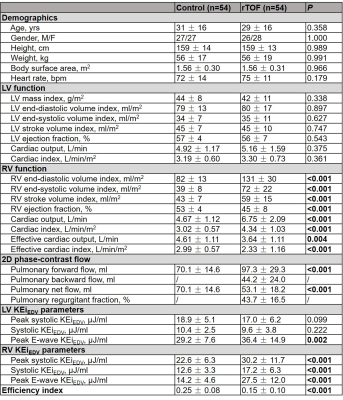Xiaodan Zhao1, Liwei Hu2, Ru-San Tan1,3, Ping Chai4, Marielle Fortier3,5, Rong Zhen Ouyang2, Shuo Zhang6, Wen Ruan1, Ting Ting Low4, Shuang Leng1, Jun-Mei Zhang1,3, Bryant Jennifer1, Lynette Teo4, Rob van der Geest7, Teng Hong Tan3,5, James W. Yip4, Ju Le Tan1,3, Yumin Zhong2, and Liang Zhong1,3
1National Heart Centre Singapore, Singapore, Singapore, 2Shanghai Children’s Medical Centre, Shanghai, China, 3Duke-NUS Medical School, Singapore, Singapore, 4National University Hospital Singapore, Singapore, Singapore, 5KK Women’s and Children’s Hospital, Singapore, Singapore, 6Philips Germany, Humburg, Germany, 7Leiden University Medical Center, Leiden, Netherlands
1National Heart Centre Singapore, Singapore, Singapore, 2Shanghai Children’s Medical Centre, Shanghai, China, 3Duke-NUS Medical School, Singapore, Singapore, 4National University Hospital Singapore, Singapore, Singapore, 5KK Women’s and Children’s Hospital, Singapore, Singapore, 6Philips Germany, Humburg, Germany, 7Leiden University Medical Center, Leiden, Netherlands
CMR 4D flow with right ventricle (RV) kinetic energy
(KE) and flow component analyses showed reduced RV direct flow and efficiency
index, increased RV residual volume, RV peak systolic, systolic and peak E-wave
KE normalized to RV end-diastolic volume in rTOF compared with normal controls

Detection of rTOF with preserved EF: ROC curves
comparing the diagnostic performance of RV direct flow, efficient index and RV
EF with respective AUC values. rTOF: repaired tetralogy of Fallot; EF: ejection
fraction; RV: right ventricle; efficiency index: effective cardiac index/RV
systolic KEiEDV; KEiEDV: kinetic energy normalized to
end-diastolic volume.

